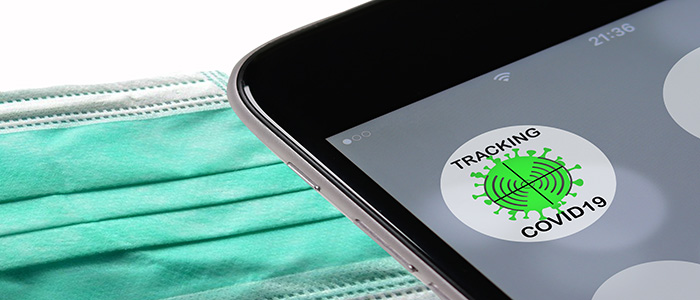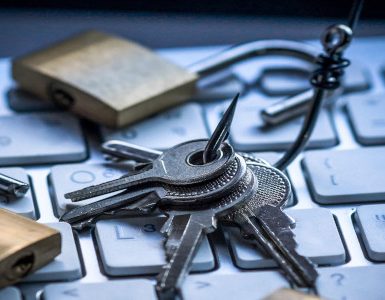Since the onset of the COVID-19 pandemic, contact tracing has become critically important – not only in terms of slowing the spread of the Coronavirus, but also in regard to protecting ourselves, our families and our very communities from harm.
It’s an effort to let people know when they may have been exposed to COVID-19, which can help them proactively monitor their health for signs and symptoms. It also lets people begin to self-isolate and self-quarantine as quickly as possible, all in an effort to help curb the reach of the pandemic as much as possible.
Over the last year, a variety of digital tools have emerged that help officials contact trace more effectively than ever. Two of the most notable came by way of an alliance between Google and Apple, who collaborated on a series of national contact tracing APIs. These APIs use Bluetooth data from someone’s smartphone to communicate with other mobile devices in the area, instantly alerting them if they’re in the presence of someone who is either a confirmed case or who is experiencing COVID-19 symptoms.
But for all the good digital contact tracing does, it has also raised some legitimate concerns in terms of privacy that people need to be aware of moving forward.
Digital Contact Tracing: Breaking Things Down
In terms of privacy, the major benefit that digital contact tracing solutions like the ones developed by Google and Apple bring to the table has to do with how quickly they will alert someone if they’ve been exposed to COVID-19. So long as users opt into the use of these services, their phone will exchange anonymized verification beacons (which have been referred to as “chirps” and “keys”) with other devices in the area. Essentially, this is one person’s phone communicating with all others in the area to see if anyone is reporting signs or symptoms of COVID-19.
Devices like an iPhone will store this information locally for up to two weeks. During this period, all other encounters with users who have also opted into the service will be logged locally, too.
Part of the reason why digital contact tracing is so important is because it helps relieve a lot of the issues that are common with more traditional methods. When contact tracing is performed over the phone, for example, it’s largely dependent on someone’s memory – they need to be able to break down exactly where they were on a specific day and for how long. Nobody’s memory is perfect, and it’s very easy for a key piece of information to slip through the cracks.
With digital contact tracing, however, if users update their status as soon as their condition changes, there is no reliance on their memory from that point forward. People who receive an alert from their phone that they have had potential exposure can be reasonably confident in the accuracy of that data, thus allowing them to make better and more informed decisions moving forward.
Digital contact tracing also helps to ease the manpower burden that is required in more traditional methods. For “regular” contact tracing to be effective, it requires a huge number of healthcare professionals to call people for precise updates on their current health and status. Thanks to the effectiveness of digital APIs, those healthcare workers are free to focus on more important tasks that actually need their attention.
But ironically, privacy is still having a significant impact on the adoption of these systems – just not necessarily in the way one might think. By design, there is very little chance that sensitive healthcare information could fall into the wrong hands because the digital contact tracing APIs store almost no personal data in a way that could be later exposed. People think this is a bigger concern than it is, however – which is absolutely harming adoption rates on a national scale.
These types of digital solutions are only as effective as the number of people using them and if enough users don’t opt-in, digital contact tracing tools aren’t nearly as valuable as they could be.
False positive and negative alerts are also a possibility with these types of solutions. If a smartphone fails to accurately measure its distance between another device, or if it miscalculates exposure duration, it could lead to someone needlessly self-isolating. The same is true if someone’s phone fails to transmit a Bluetooth signal due to a lack of reception or other issues.
In the end, it’s clear that digital contact tracing has a huge amount of potential – but in execution, the situation isn’t nearly as “black and white” as it may seem. While privacy isn’t necessarily the concern that people make it out to be, data quality and transmission absolutely is – creating a tricky situation, albeit not for the reason most people expect. Still, digital contact tracing is an invaluable tool and, with equal parts hope and luck, these solutions will only continue to get more effective as time goes on.


















Add comment